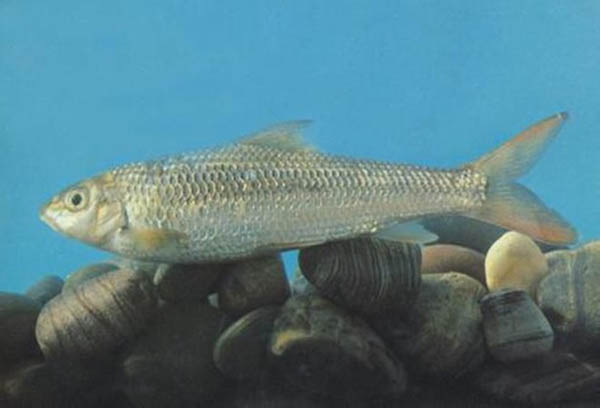The Latin name of Sichuan white snapper is Onychostoma angustistomata. It is a medium-sized edible fish in the upper reaches of the Yangtze River. Although its production is not as high as that of white snapper, its meat quality is better. It is one of the fish that people in the production area like to eat on a daily basis.

Sichuan white snapper is similar to white snapper, both are bottom-dwelling fish, and like to live in clear and gravelly water. In early spring, they swim upstream in groups, and retreat in autumn and winter to the deep water and rocky river bottom to hibernate. They often scrape food from rocks and other objects with their sharp mandibular horny edges; their food is mainly algae and deposited humus, and usually the spawning period of larger individuals is earlier. When the broodstock reaches sexual maturity, they will swim upstream to the rapids with many gravels and beaches to lay eggs, and the eggs often adhere to the sand and gravel at the bottom of the water for hatching. During the reproductive period, the male fish has thick white pearl stars on its snout, pectoral fins and anal fins, and the paired fins and anal fins are bright red; the female fish has no obvious pearl stars on its snout.
It is feasible to carry out artificial breeding of Sichuan white snapper in reservoir cages. After group tests, they can all reach commercial specifications for sale. The test shows that the breeding density has no obvious effect on its growth within a certain range, and the protein content and type of feed have a greater impact on its growth. Under artificial breeding conditions, high-protein paste feed is used in the seedling stage, and puffed floating feed that is easy to eat and digest is used in the juvenile stage, which can ensure a faster growth rate and reasonable breeding costs. In addition, Sichuan white turtle is very sensitive to drugs and external stimuli, and large-scale breeding still needs to gradually explore disease prevention and treatment methods.
Listed in the second level of the "List of National Key Protected Wildlife in China".
Protect wild animals and eliminate game.
Maintaining ecological balance is everyone's responsibility!